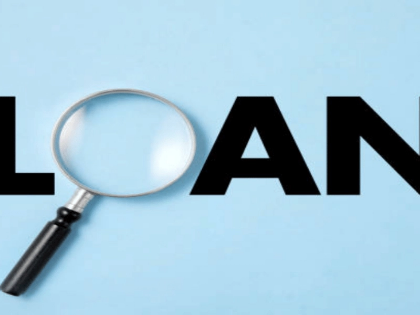How to File an Insurance Claim: A Step-by-Step Manual for an Easy Process
The procedure for submitting an insurance claim might be frightening. Nonetheless, by comprehending the procedures involved, it can be made simpler.
To begin with, make sure you fully comprehend the terms, limitations, and deductibles of your insurance. Maintain open lines of communication with your insurance and save copies of all paperwork that is sent and received.
Think carefully before making any claims, and stay away from making tiny ones. This may eventually affect your rates.
1. Compile data

Handling an insurance claim is much simpler with the correct facts at hand. An inventory of everything that was lost or damaged, along with pictures of any damage and the contact details of all parties involved, could be included. The process can also be streamlined by making an investment in real-time surveillance and making sure your team is ready to act fast in the event of an incident.
It's also critical that you become familiar with the terms and coverage limitations of your policy. Knowing the process inside and out increases your chances of getting paid, especially if you choose to challenge the decision or file an appeal. Notifying the insurer within the allotted time is crucial. This guarantees that they start the claims process right away, enhancing resolution. Transparent communication is also beneficial throughout the process, and copies of all supplied documentation should be kept.
2. Speak with your insurance provider.

One of those items that individuals frequently purchase with the goal of never needing it is insurance. However, policyholders will have to submit an insurance claim in order to get their benefits in the event of a disaster or tragedy.
The insurance provider will do this by dispatching a group of experts to look into the incident and determine the extent of the losses. This could happen remotely or in person, depending on the insurance company.
It is crucial to put all correspondence with insurance officials in writing in order to guarantee that the claims procedure is managed efficiently. This involves sending follow-up letters to confirm statements and commitments made over the phone. If required, elevating the matter to supervisors can also be beneficial. This may encourage the insurance provider to settle the dispute promptly and equitably.
3. Fix things.

Make sure you save the receipts for any repairs you need to do to your house or car. By doing this, you can make sure that you get the right amount of reimbursement from your insurance carrier. Furthermore, hold off on discarding damaged goods until the insurance adjuster has examined them. This will assist in avoiding wasteful spending that might be construed as fraud.
In order to comply with the demands of the claims procedure, it's also critical that you comprehend how your plans operate. This can assist you in avoiding typical mistakes like skipping over reading your policy or completing paperwork incorrectly that can result in claim denials.
Certain insurance companies, for instance, demand proof of loss statements, living expenditure receipts, inventory lists, home structural details, and loss descriptions.
4. Resolve the issue.

It's critical to know exactly how the insurance company rates your case when it comes time to settle the claim. You can negotiate a just settlement sum and ascertain its worth with the assistance of an expert attorney.
Don't take the adjuster's poor initial offer personally if it comes from you. This is a standard strategy used to test your willingness to push back and try to get the settlement increased.
Rather, present a counteroffer that is marginally less than what you specified in your demand letter. This might persuade the adjuster to give in, bringing you one step closer to a settlement that pleases both parties. Additionally, make sure to ask for written copies of any offers you get. This will ensure that everything remains official and lessen the possibility of miscommunication.










